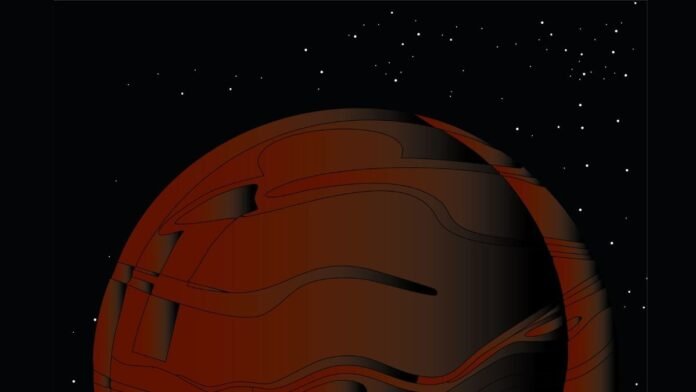Astronomers predict an unseen class of star-like bodies called “dark dwarfs” near our galaxy’s center. A new study suggests these objects could shine thanks to annihilating dark matter, not nuclear fusion. Dark matter makes up about a quarter of the universe and interacts via gravity. If WIMP-like dark matter particles collect in a brown dwarf, they would annihilate and heat it, causing a faint glow. Dark dwarfs would be too light to fuse hydrogen, but would keep lithium-7 in their atmospheres, offering a signature. This prediction comes from a JCAP study. The discovery of one could reveal dark matter’s nature.
Predicted Dark Dwarf Properties
According to the paper, sub-stellar objects just below the hydrogen-burning threshold would be powered by dark matter. The authors find that the minimum mass for hydrogen fusion shifts above ∼0.075 M⊙ in dense dark-matter environments, so lighter brown dwarfs instead become stable dark-matter–powered stars (‘dark dwarfs’) via WIMP annihilation inside them. They predict such objects only appear in regions with extremely high dark-matter density, like the Galactic center (ρ_DM ≳ 10^3 GeV/cm^3), because further out the halo is too tenuous. Crucially, dark dwarfs should retain lithium-7 in mass ranges where ordinary brown dwarfs burn it away, providing a clear observational signature.
Observational Prospects and Implications
Sakstein notes that powerful telescopes like the James Webb Space Telescope might even already detect extremely cold objects like dark dwarfs near the galactic center. Alternatively, astronomers could survey brown dwarf populations for a rare sub-class with anomalous lithium content. Notably, even one confirmed dark dwarf would strongly favor heavy, self-annihilating dark matter.
Sakstein explains that finding dark dwarfs would provide “compelling evidence” for dark matter that is massive and interacts with itself – essentially WIMPs or similar particles. He notes that lighter candidates (like axions) would not produce such stars, so a dark dwarf discovery would disfavor those models. While not a proof of WIMPs, a dark dwarf detection would imply dark matter behaves like WIMPs (heavy and weakly interacting). Indeed, future surveys and JWST observations will also test these predictions.


